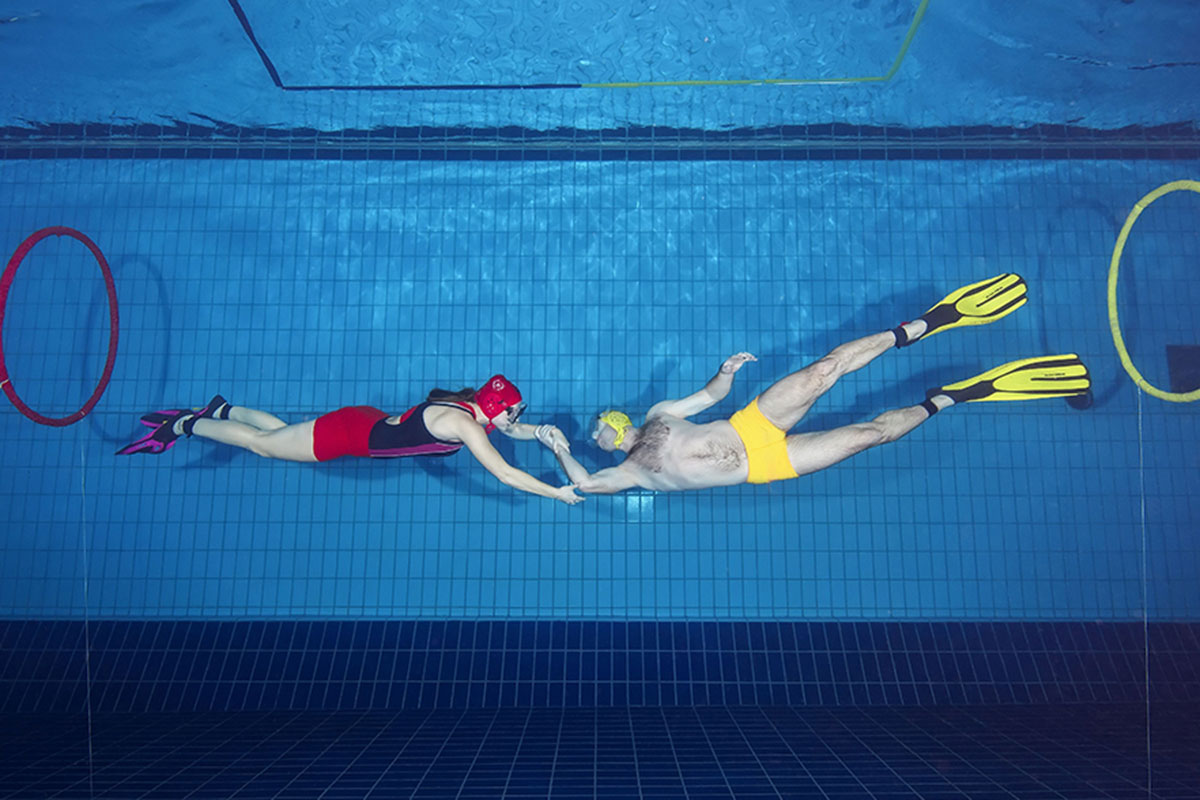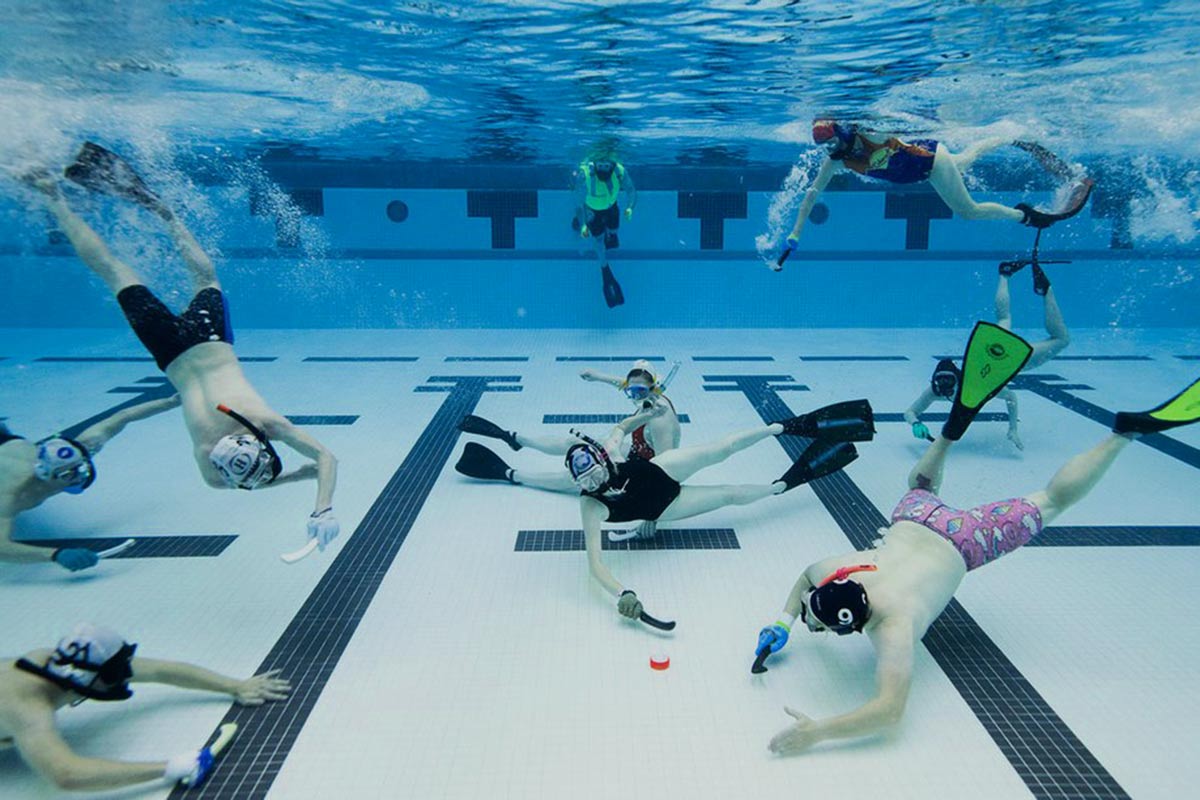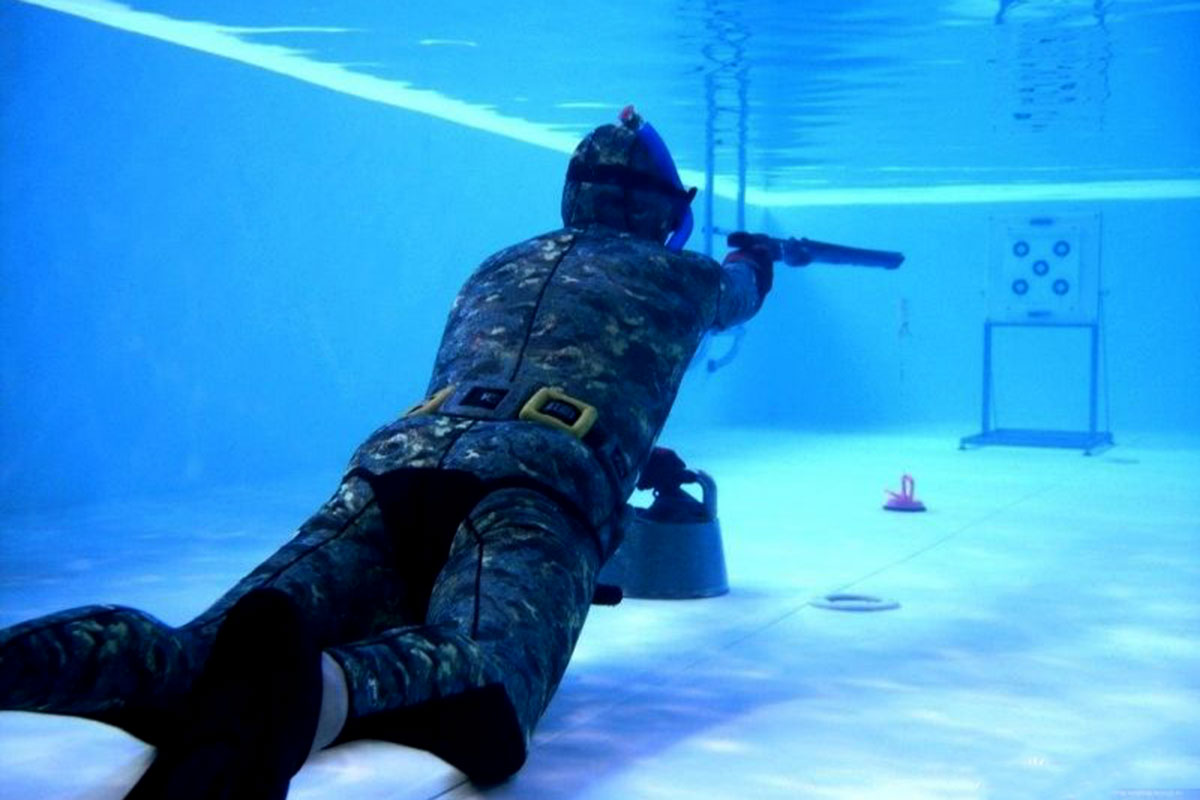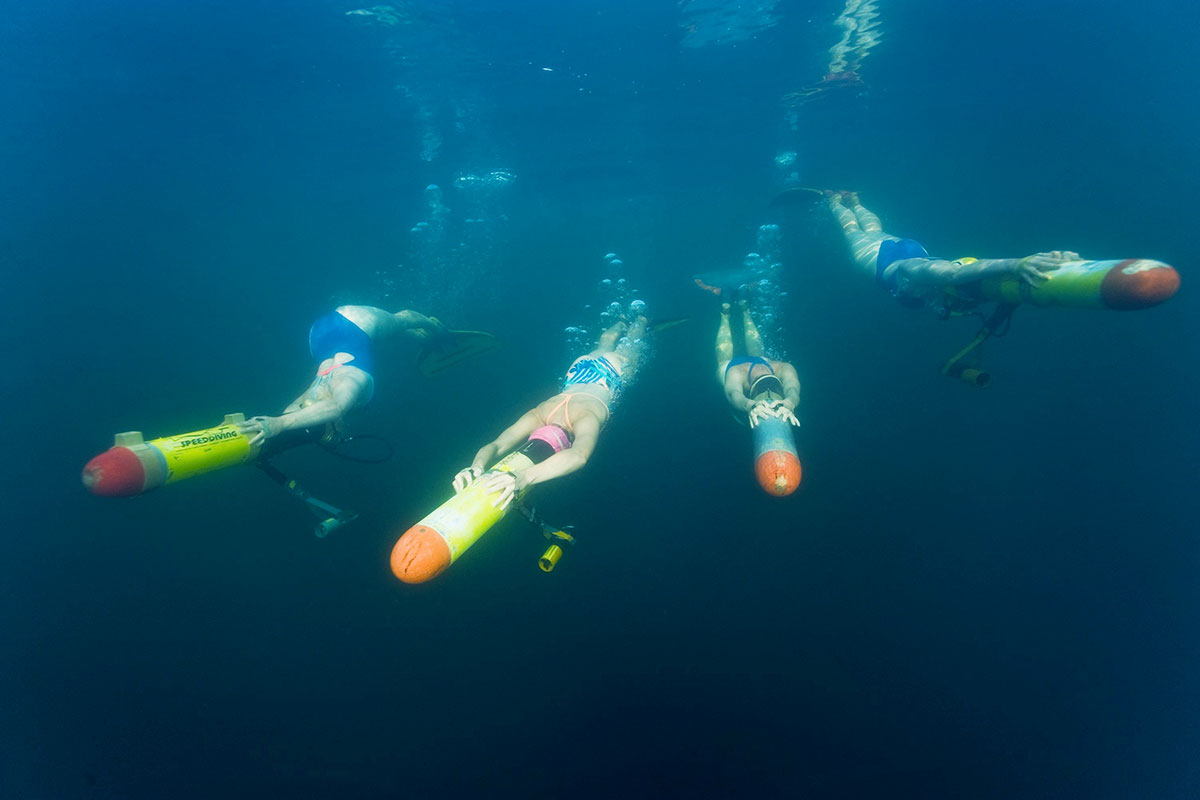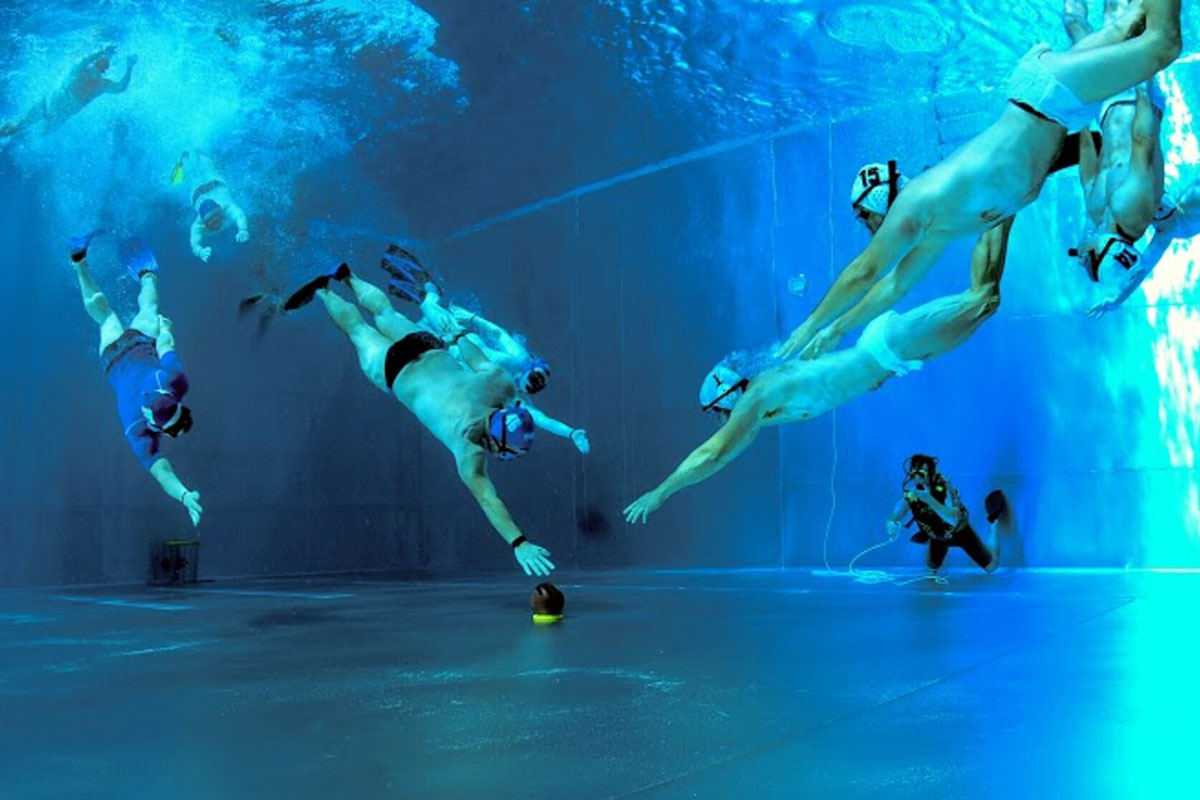Aquathlon
Aquathlon is a martial art and combat sport in the water and under the water. The origins of the name, ‘Aquathlon’ are ‘Aqua’ – water and ‘Athlon’ – wrestling. The object of Aquathlon is wrestling between two wrestlers wearing masks, fins, ankle bands and ribbons. They wrestle under the water and on the surface in order to tear off their opponent’s ribbon from one of his ankle bands.
History
- 1980 – 82 Igor Ostrovsky, a coach of underwater sports at the Moscow Technological Institute, created and developed Aquathlon.
- On the 8th of April 1982, the first Aquathlon competition was held in Moscow.
- In 2008, Aquathlon was recognised by CMAS (World Underwater Federation) as a sport discipline.
Underwater Hockey
The British Navy invented underwater hockey in the 1950’s to keep their divers fit and to improve their ability to move and work efficiently under water. The game came to Australia shortly after and has evolved into a fast, dynamic sport, played in more than 20 countries. Underwater hockey is played in a 25m x 15m pool that is between 2 – 4 m deep.
The rules of Underwater Hockey are fairly simple. Basically it is a non contact sport, a player cannot interfere with another player with their free hand. There is no off side rule howevre shepherding and obstruction is not allowed. The puck must not rest on the glove or be carried on top of the bat or stopped deliberately by anything other than the bat.
Target Shooting
Underwater Target Shooting, a fascinating and fun sporting discipline, first saw the light of day in the mid-1980s. It can be staged in a swimming pool or in open waters, even though swimming pools are preferred due to ease-of-use and visibility considerations.
Not a lot of equipment is needed: diving mask, snorkel, a pair of fins, diving or snorkelling suit, weightbelt, a pair of gloves, mass-produced speargun (elastic or hydro-pneumatic), a silhouette and, of course, a target. Like all sports, Target Shooting has undergone changes over time, especially its rules. Underwater Target Shooting as we now know it is the result of almost twenty years of development. There was a single speciality to begin with, consisting of striking a single target with as many spears as possible in a single dive in apnoea. Now the discipline is split up into three specialities: Precision, Biathlon and Relay.
Orienteering
Competitions in Underwater Orienteering take place in deep, open water bodies and over various distances, as prescribed in the competition rules. Competitors must, while remaining completely submerged without any contact with the water surface, reach specific points or pass specified points.
Competitions in underwater orienteering are based on the principle that orienteering and searching tasks are performed under water with the aid of a compass and distance meter.
The competitor may only use his/her own muscular strength to propel him/herself. The breathing apparatus used may only be filled with normal compressed air. Enrichment with oxygen is not allowed. The only contact with the surface of the water allowed is a buoy line and a safety buoy. A snorkel and/or knife is, despite earlier safety rules, not compulsory.
Underwater Rugby
Under water rugby was invented in Köln, Germany 1961 and became popular in the Nordic countries under the name, UW-Polo. Before the first Championship in 1978 the rules had to be merged (different number of players, 4 vs. 8, playing above the surface, etc). The game has since then evolved and now involved 17 counties at the latest championship.
Underwater rugby is played in a pool were the lenght is between 12-22m, the width is between 8-12m and the depth is between 3.5 – 5m. Each team has 15 players, 12 of who play in any one game and three possible substitutes. During the game 6 players are in the pool with 6 exchange players on the side who can be substituted at any time. The players wear fins, a diving mask and snorkel.

